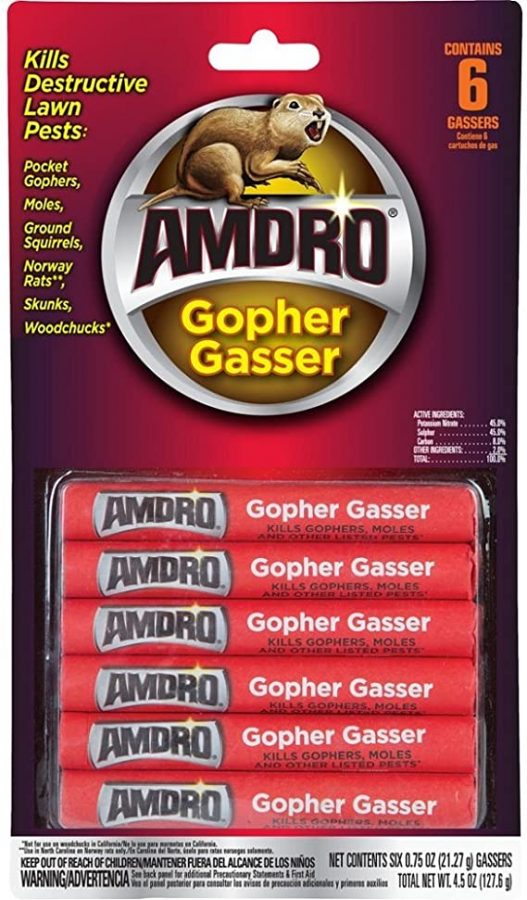A growing number of homeowners are looking for ways to “go green,” and for many that includes finding ways to conserve water.
That has helped to create the demand for what are known as high efficiency toilets.
Three different technologies are available today for high efficiency toilets, or HETs, that are designed to help homeowners save water. Which one you choose depends on your personal needs and the condition of the plumbing system in your house.
The choices include:
The traditional gravity toilet now flushes on only 1.28 gallons per flush, or gpf, saving 20 percent more water compared to the current requirement of 1.6 gpf. This technology uses a siphon to “pull” water through the trapway.
The dual-flush toilet is designed with two options for flushing volume; one button is for a full flush of 1.6 gpf, which is meant for solid waste, and another button for a partial flush of 1.0 gpf for liquid waste. The intent here is for the user to understand when a partial flush will get the job done.
Otherwise, if the user always uses the full flush, there is no water savings. This, too, uses siphon technology.
An alternative system is a 1.0 gpf pressure-assist toilet. This system is used the same way as a conventional system; however, there is a vessel inside the tank designed to use water-line pressure to “push” water through the trapway.
This source of energy — the water-line pressure — is delivered to your home from your local water utility or well-pump system. This pressure-flush system delivers the water to the bowl at three times the standard flow rate of the siphon-driven technologies, enhancing the flush performance. Although it is a very quick flush, its performance may be perceived as louder.
All these systems, used correctly, are designed to save water, which saves money.
Understanding how they work is only part of the information required for making the right choice for your home. You also need to assess your needs and your home’s plumbing system.






















